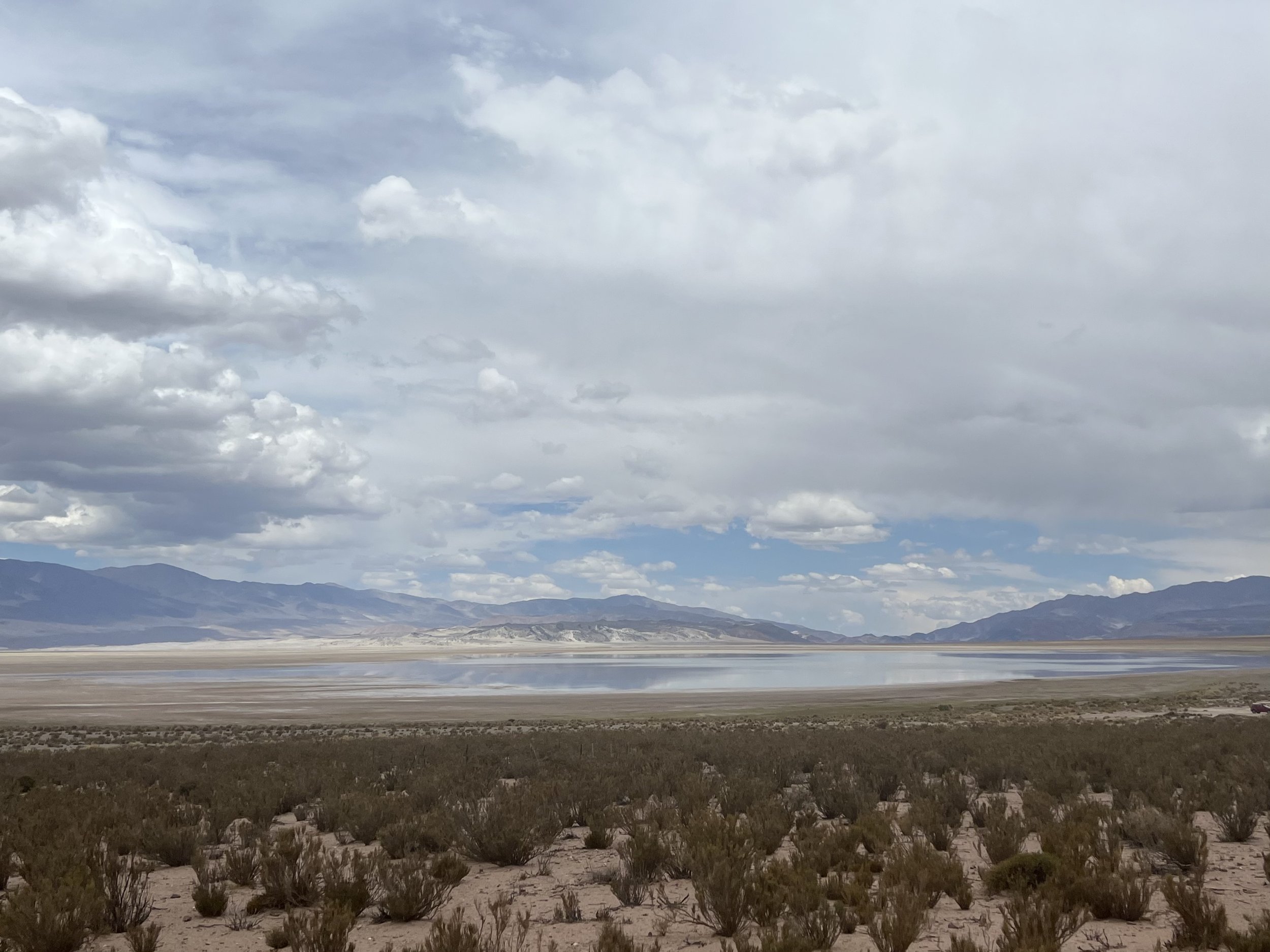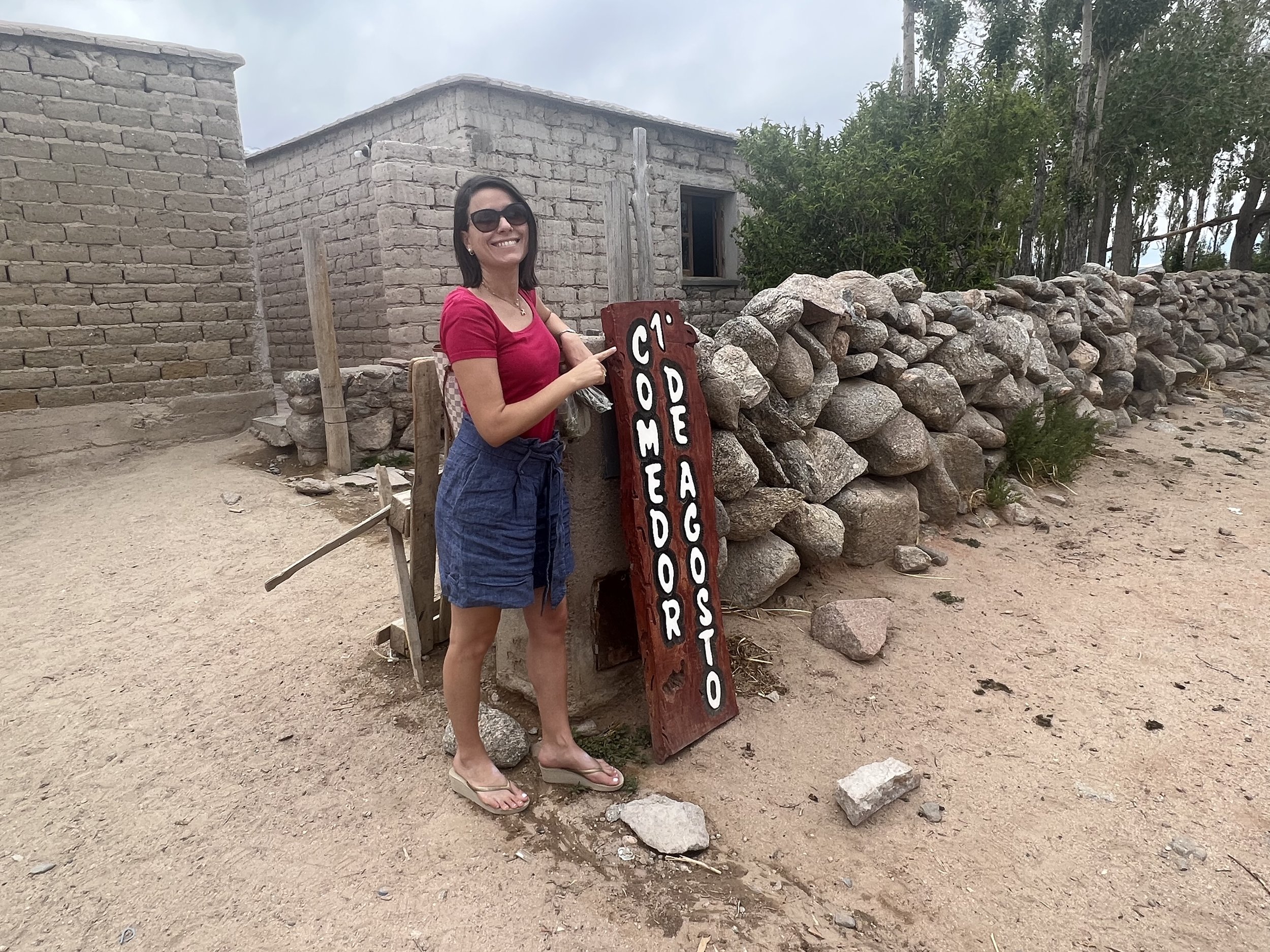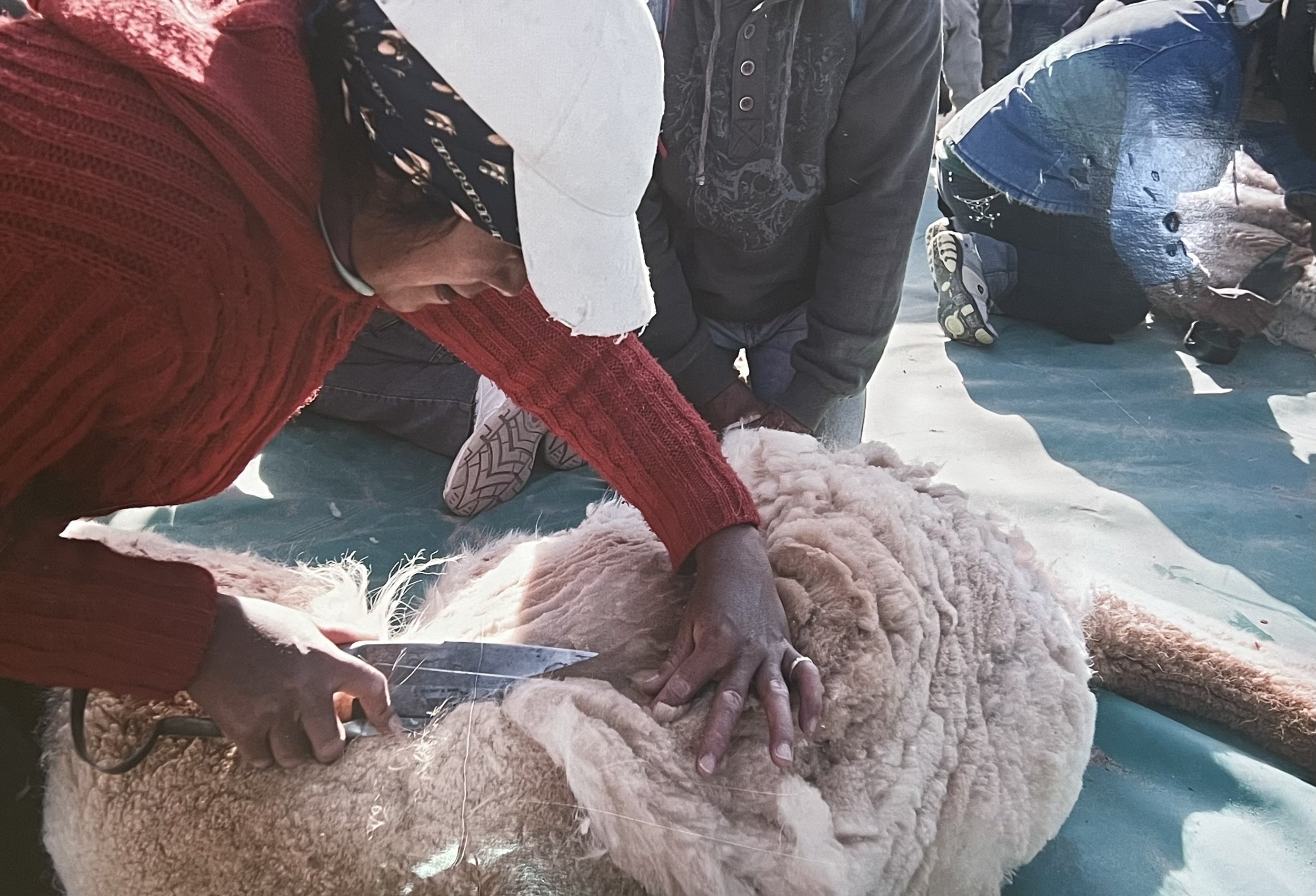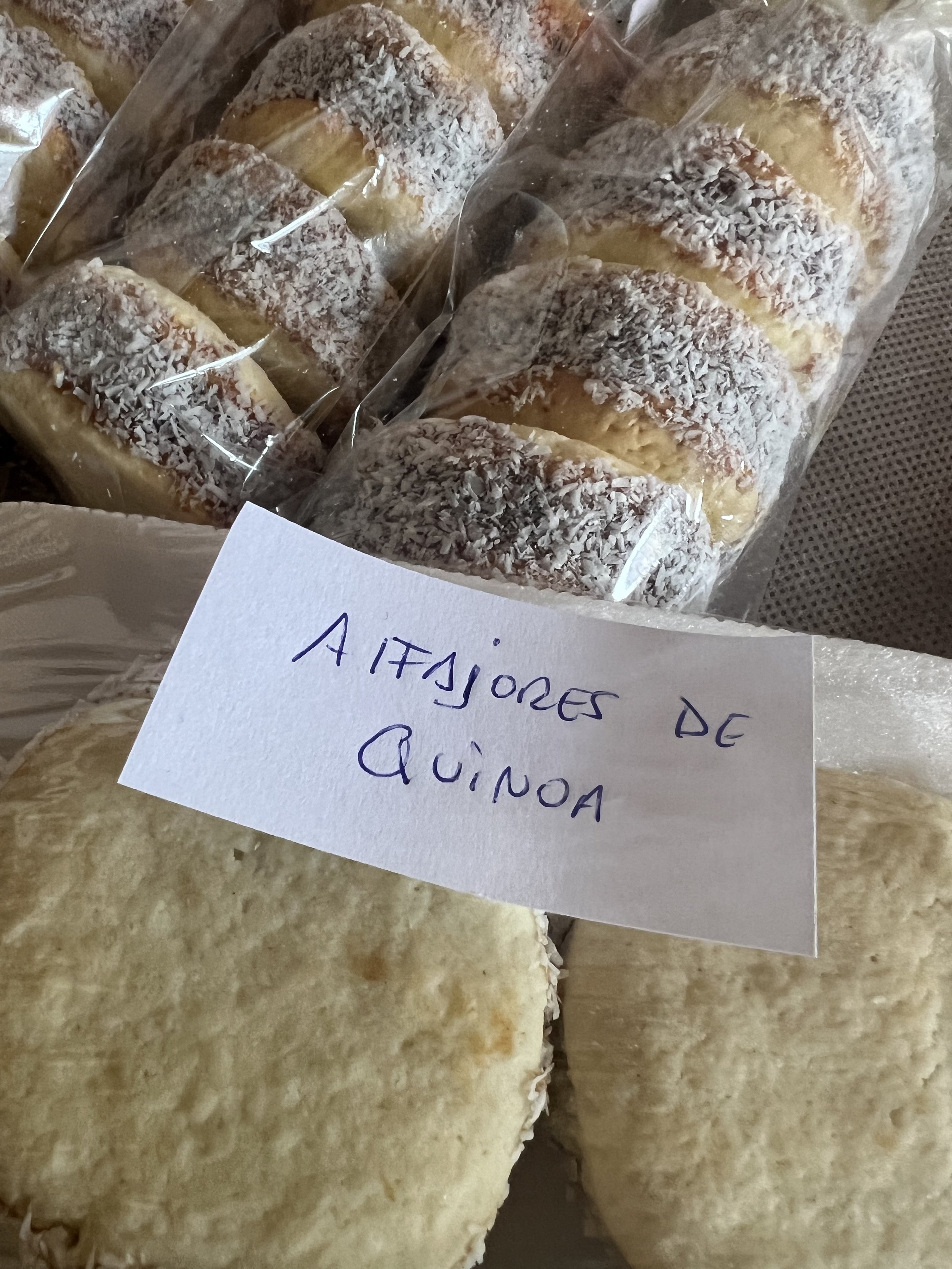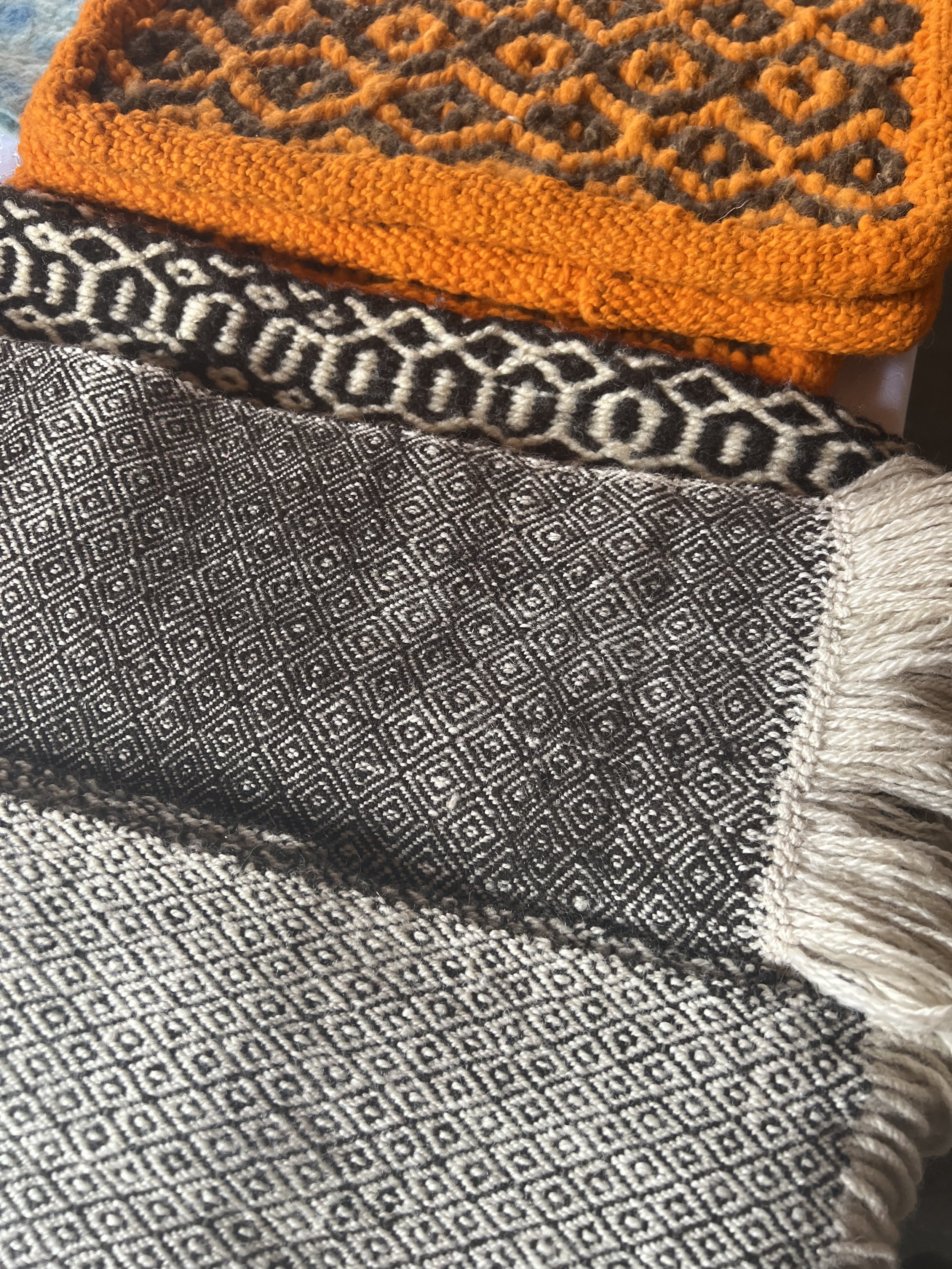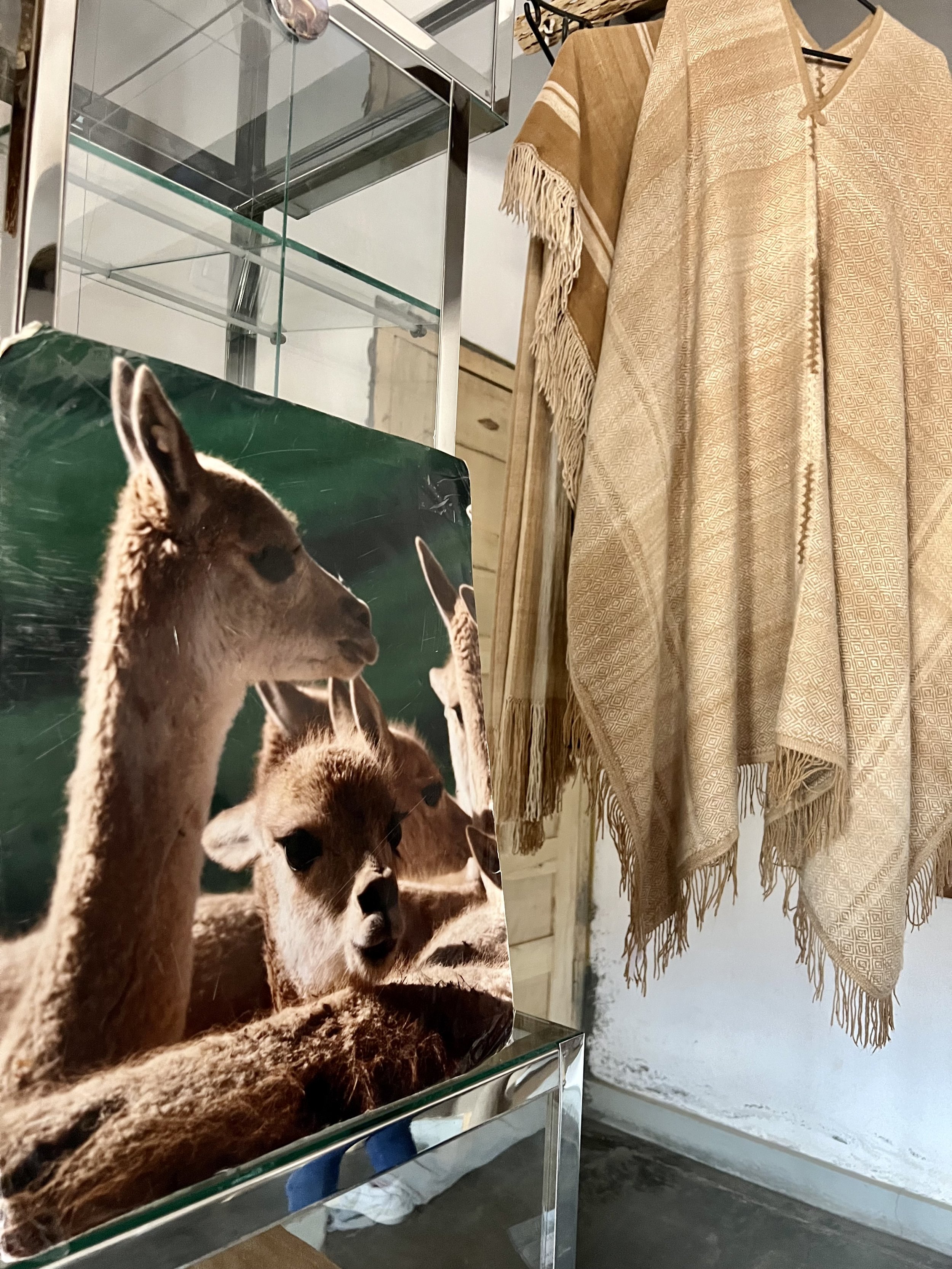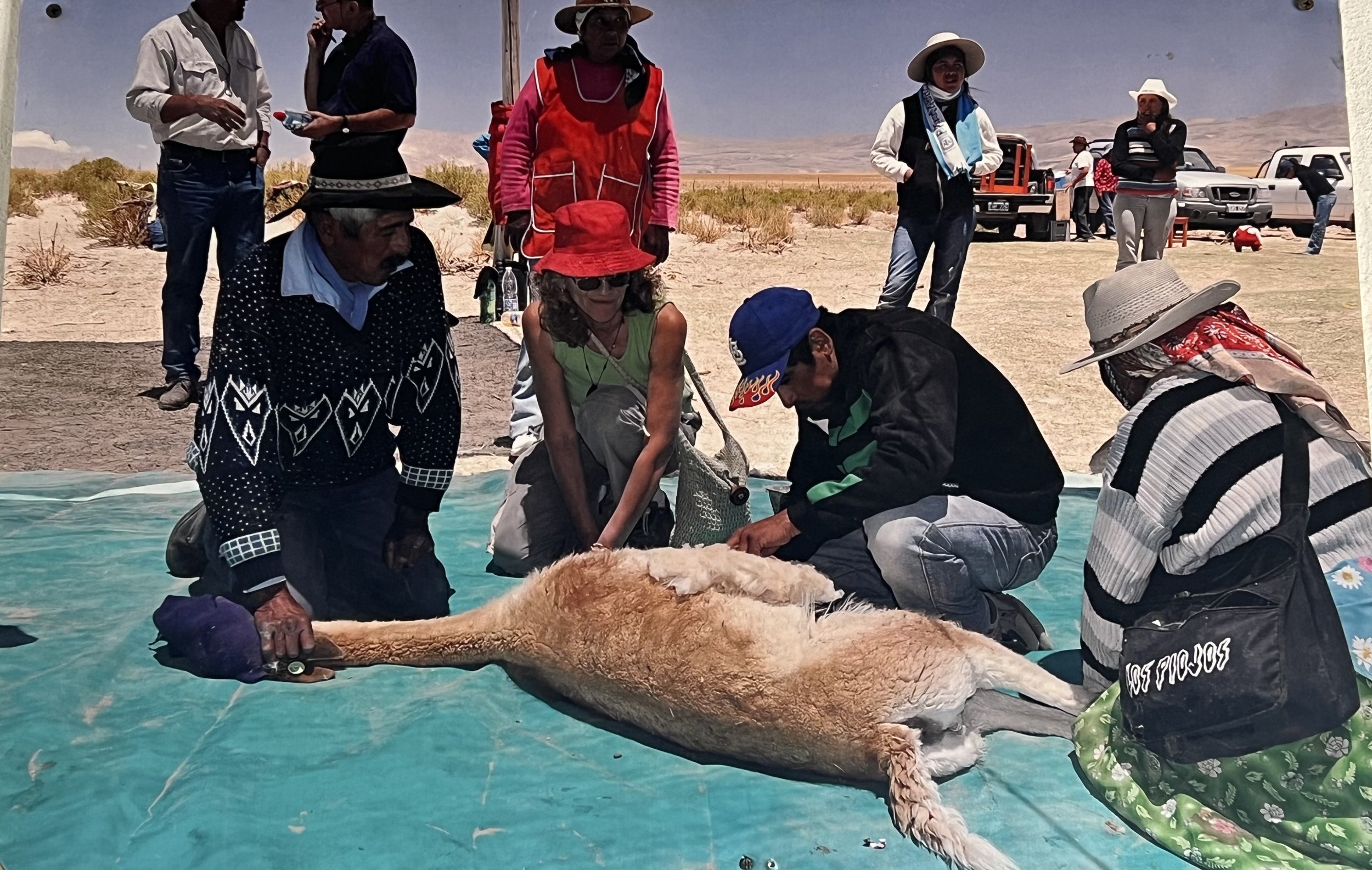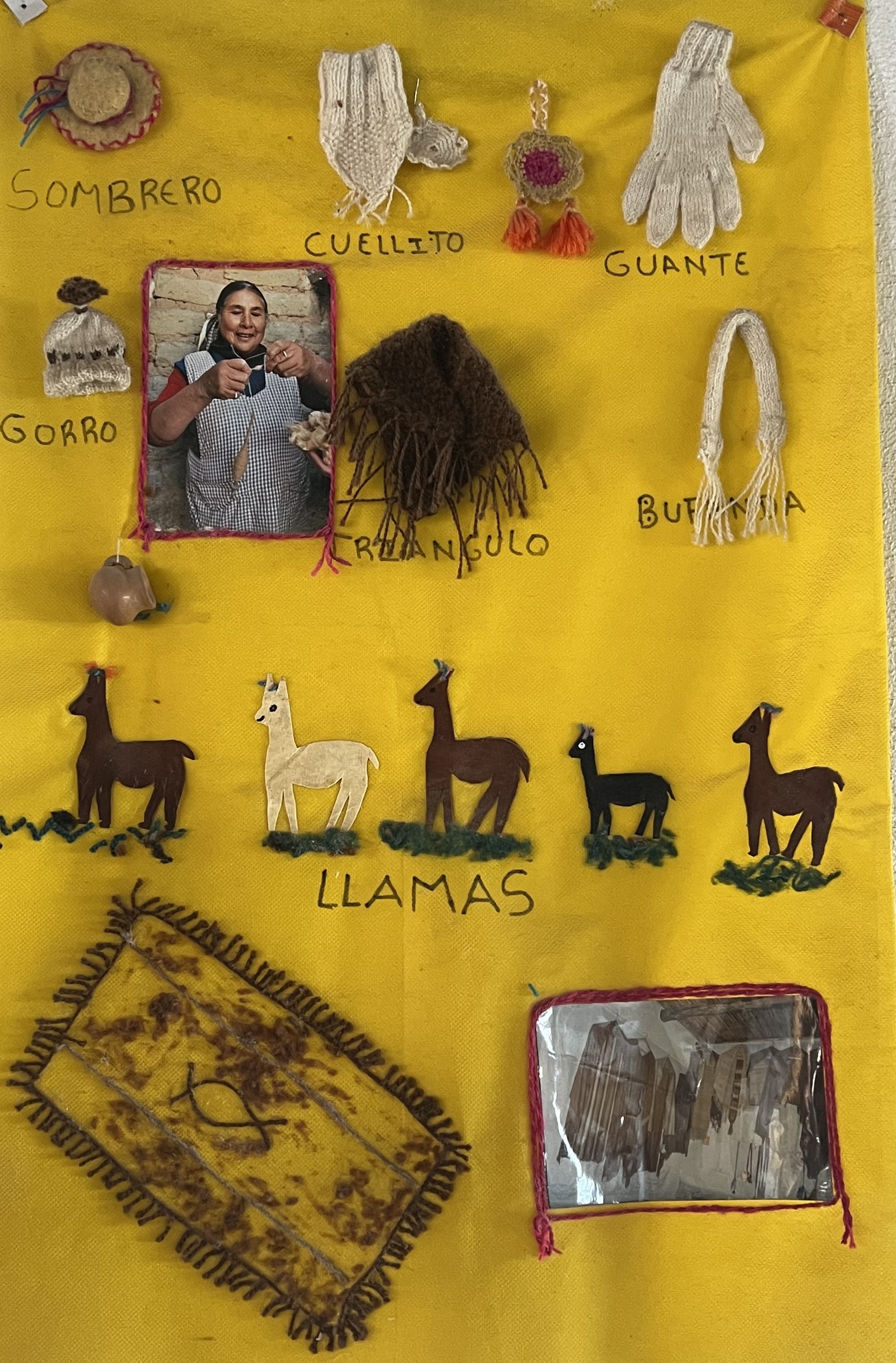Woven in vicuña wool
Laguna Blanca Local Table Cooperative Limited In the remote spot of Laguna Blanca a cooperative of artisans surprised @tripticity_ with its majestic weavings.
We knew about Laguna Blanca thanks to the interesting story that our guide Rodolfo Reales had told us about Catamarca, during that trip in which we visited the Balcón del Pissis, the Magic Dunes and Tatón, the Seismiles route and other attractions offered by this amazing province, both from Fiambalá and Tinogasta.
From that moment we knew that @tripticity_ had to return to the so many times relegated Catamarca to continue discovering it. So for a long weekend, on the occasion of the Immaculate Conception Day in the middle of December, we decided to take the 4x4 truck that transports us and ride along Route 40 to Antofagasta de la Sierra. From there we would visit both the Galán Volcano and the Salar del Hombre Muerto (Dead Man's Salt Flat).
On the way, after crossing the Randolfo Dunes, there is a sign that marks the eighteen-kilometer gravel road detour to Laguna Blanca. A clarification: it is almost a track, at times unstable and not always possible to cross since it goes across Los Patos River and natural potholes are formed. During the rainy season it may only be possible to cross on top of a tractor.
It was the middle of spring, so the vicuñas were around, showing their agility every time we approached. We were surprised by the number of vicuñas frolicking on the side of the road looking for food. It was the perfect entrance to Laguna Blanca.
Some time ago we had contacted Secundino Vázquez to coordinate the tours from Antofagasta de la Sierra. He was the one who told us that in the Primero de Agosto dining room they would be able to guide us to the cooperative.
So we arrived and asking around we found the dining room of Doña María, an artisan and cook who did not hesitate to offer us some of her specialties, such as llama milanesa or lamb stew. But it was already late in the afternoon and we shared with María and her granddaughter Karina a glorious Coca Cola in a glass bottle, chilled from the night before, because in the village there is only power supply from 7 to 11 p.m. In those days the schedules were adjusted according to the matches of the National Team in the World Cup in Qatar!
Maria learned to cook because she is the eldest of seven sisters and at the age of forty has six children.
She gave us the first glimpse of the vicuña shearing process by grouping the vicuña together, known as chaku.
The Mesa Local was the first craft organization of young people with grandparents, whose purpose was to care for the animals by preventing poaching. She explained to us that shearing is done by four people who grab the animal, after having been rounding it up with serenity. They use a system of itinerant or fixed modules. The chaku is the gathering of vicuñas in a chute, where they work between tarpaulins. The zaranda is the table where the wool is gathered, they remove the chuscha, which is a lint, and it remains there like cotton.
His narration immediately reminded us of the famous poem by Juan Carlos Dávalos, the Legend of the Coquena, which tells of the wanderings of the protector god in the deserts of the Puna:
Hunting vicuñas I wandered in the hills.Two escaped with bullet wounds.-Do not hunt vicuñas with firearms,Coquena gets angry - a shepherd told me. - Why not catch them the old-fashioned way,fencing the hole with sharp wire?Why kill them, if you only covetfor your clothes the fine fleece? -Don't hunt vicuñas with firearms,Coquena, I tell you, do not hunt them.Did you not see in the meek dark pupilsshine the serene gaze of the god? After the stop at María's dining room, we headed towards the cooperative from where we could observe the lagoon below. We were welcomed by Adriana Gutiérrez, daughter of one of the artisans, Ana Suárez, winner of the poncho first prize on two occasions.
When we entered the store, we were so amazed.... Our eyes were unable to appreciate every detail of those woven in vicuña wool: ponchos, pullos, shawls, scarves, gloves, hats, even necklaces and earrings.
The cooperative has been operating since 2007 and brings together a hundred artisans who work together to maintain the craft and ancestral knowledge.
In addition, they offer sheep and llama wool fabrics, unique textile objects and also the characteristic weeds of the puna, such as the suico, the muña muña, the rica rica, even alfajores made with quinoa flour, which we did not hesitate to buy and taste without delay after crossing Rio de Los Patos.
The chosen ones from @tripticity_ were a shawl by the artisan Tomasa Gutiérrez and a pair of fine gloves in the lightest color by Juliana. We were also surprised by the accessories made with vicuña wool and flamingo feathers so we decided to wear a pair of earrings.
We completed the purchase with a rug woven in sheep wool.
All valuable and genuine handicrafts, impossible to find elsewhere.
When we said goodbye to Adriana and left for Antofagasta de la Sierra we celebrated the acquisition of these objects full of terroir, craftsmanship, priceless textiles that became forever our treasures of that visit to the beautiful Catamarca.
Already on the road, almost three hours later because in the puna there is almost no telephone signal, we received a message from Adriana, who worriedly told us that she had not given us the certificates of sale of the products.
It happens that without these documents a vicuña garment can be considered to have been obtained through illegal hunting! After analyzing options, we decided that the most practical thing would be that the following Sunday she would leave it in a closed bag (in case it rained) at the letter L of the Laguna Blanca sign, at the fork with route 40, and well secured with a stone so that it would not be blown away because the winds can be merciless.
So, on the way back to Salta, we stopped at the sign to joyfully meet our certificates and set off on our way back, happy after the fantastic trip, with the testimonies engraved in our hearts and also the best purchases.


